Nearly 4,000 Postgraduates Enrolled in 2020-2021 School Year in Croatia
ZAGREB, 29 Jan 2022 - During the 2020-2021 school year there were 3,987 postgraduate students enrolled in Croatia, and three-fifths of the enrollments were at the University of Zagreb (61.5%).
The smallest share of postgraduate students was at the University of Dubrovnik (0.4%), according to the data released by the national statistical office (DZS).
Of those 3,987 postgraduates, 13.5% were at the University of Rijeka, 9.1% at the University of Osijek, 7.9% at the University of Split, 3.7% at the University of Zadar, 2.1% at the Croatian Catholic University, and 1.3% at University North.
Women prevail among postgraduates
Broken down by gender, women prevailed, 56%, among postgraduate students, and broken down by age, the largest age cohort was between 25-29 with a 39.4% portion.
Broken down by branches of sciences, there were 21% of the enrollments in technical and social sciences each, whereas natural sciences accounted for 18.3%, and 5.7% were studying to earn a doctoral degree in interdisciplinary science programmes.
Lion's share of postgraduates Croatian nationals
As many as 95% of postgraduates had the registered place of residence in Croatia, also 96% were Croatian nationals, and 96.8% of those post-graduates already obtained a master's degree in Croatia,
Most enrollments were employees in the educational sector, 41%, and 3.3% of the postgraduates enrolled in the 2020-2021 academic year were jobless.
Roughly 46% of the students paid themselves postgraduate education fees, in 38.1% of the cases, the costs were covered by employers, and 13.2% of postgraduate studying was financed by the state budget.
For more, check out our dedicated lifestyle section.
Hidden Village of Progress: Ivankovo - Great Example of Slavonia Full of Life
January 25, 2022 - There are many obstacles the Slavonia region faced in the last two decades, but one of the most prominent ones is the emigration of young people who do not see a future for them here. However, one particular village in the eastern interfluve of the Drava and Sava rivers in Vukovar-Srijem County stood out from the rest. Meet Ivankovo.
Ivankovo is located in Vukovar-Srijem County, west of the historical city of Vinkovci, along a busy road that has passed through that area since prehistoric times. The design reminds of a typical traditional Slavonian village; the houses are located on long narrow plots, built on a regulation line, and the background is used for agricultural purposes. In addition, there are villages Prkovci and Retkovci, which are also part of the Ivankovo Municipality. Furthermore, its geographical and traffic location connects cities like Đakovo, Osijek, Vinkovci, Vukovar. Also, the motorway A3 Bregana - Lipovac, industrial track, airport Klisa, the port of Vukovar, and neighbouring municipalities Vođinci, Stari Mikanovci, Andrijaševci, Cerna, and Jarmina. Historically, the municipality of Ivankovo was always highly populated (unusual for villages in Eastern Croatia) with, according to the 2011 census, 6,194 residents in Ivankovo, 1,263 residents in village Retkovci and 549 residents in Prkovci. However, the 2021 census showed that the emigration of people, especially young people, did not bypass Ivankovo. Only Vukovar-Srijem County has 19 percent fewer people than ten years prior, with just Ivankovo losing 1,091 residents. These devastating numbers only show how much this part of the country suffered since the Homeland War, and the possible potential Eastern Croatia can offer was neglected for decades. Recently, however, things started to change.
Croatia joined the European Union on the 1st of July 2013 and opened its borders to new opportunities, which was partly a curse if we consider the emigration, but Euro funds all of a sudden became available and small communities and districts like Ivankovo saw the opportunity to use its resources to develop their infrastructure. After the change of the government in 2017, hard work needed to begin. One of the first obstacles elected officials had to face were decrepit institution buildings (school, kindergarten, fire station), sacral objects, financial transactions pointlessly directed at projects that did not make any sense, engaging locals in public events, and keeping young residents and their potential families in the district of Ivankovo. This was only a drop in the ocean, but with the available European funds and fixes in municipalities' budgets, projects of developing neglected villages finally started.
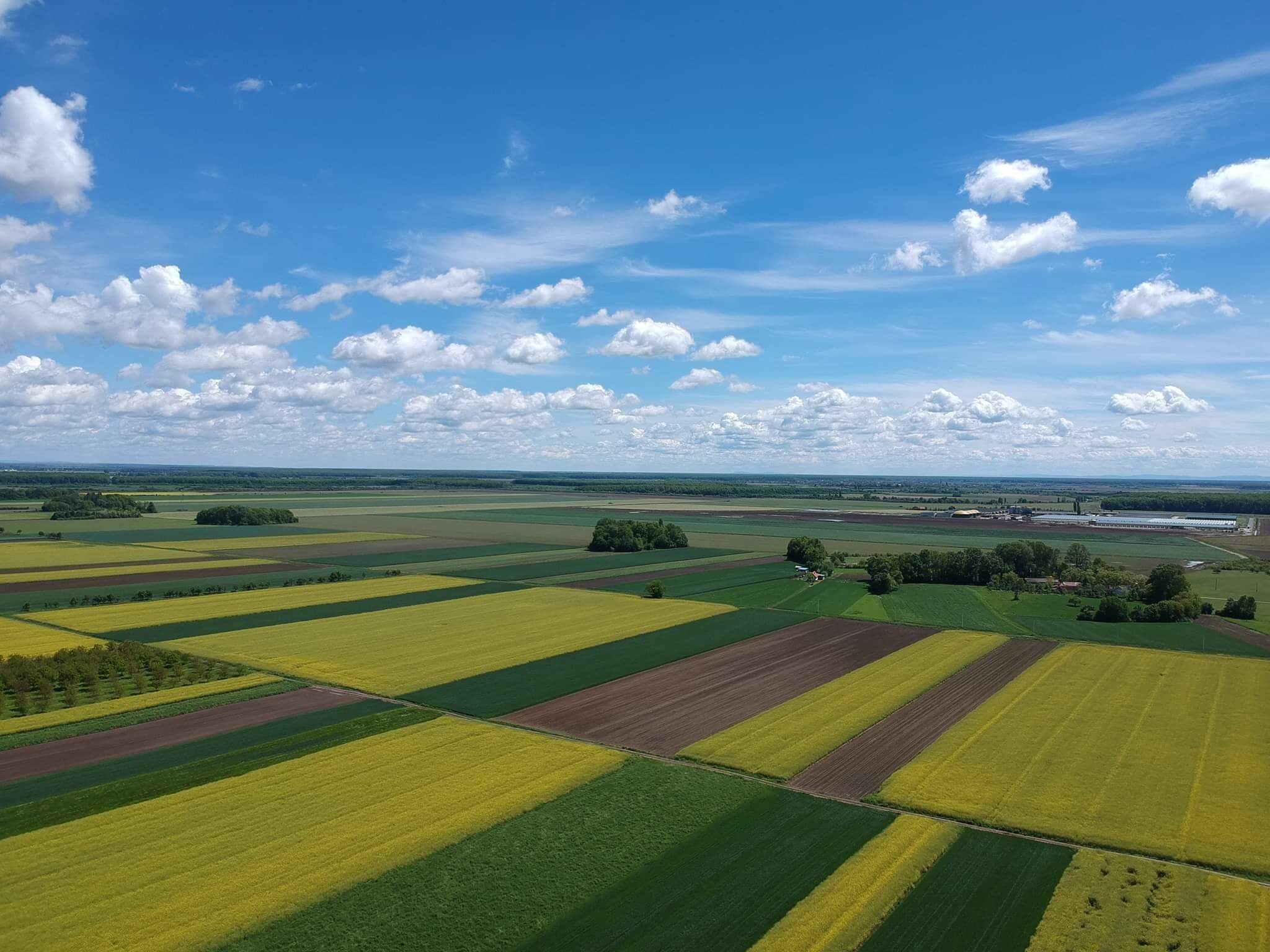
foto: Facebook/Ivankovo.info
The first big project happened at the Industrial Zone Ivankovo, which was, after many years, finally put into function and allowed local entrepreneurs to invest and develop their own establishments. This encouraged employment, of which 70 percent needed to be from the Municipality of Ivankovo.
Local utilities also needed a massive upgrade, so a communal society was formed and today employs 26 people from the Municipality, who take care of the village’s environment every day. Public spaces like children’s playgrounds, parks, and other areas were built and renovated. Furthermore, part of the Revitalization plan included planting 300 trees across the Municipality. The roads have been renovated, built where needed, and the sewer system finally connected with households across the villages of Ivankovo, Prkovci, and Retkovci. Waste management is still a huge problem across Croatia but the local government of Ivankovo, with the help of EU funds, enabled the construction of a recycling yard which highlights the need for sorting and recycling the waste. 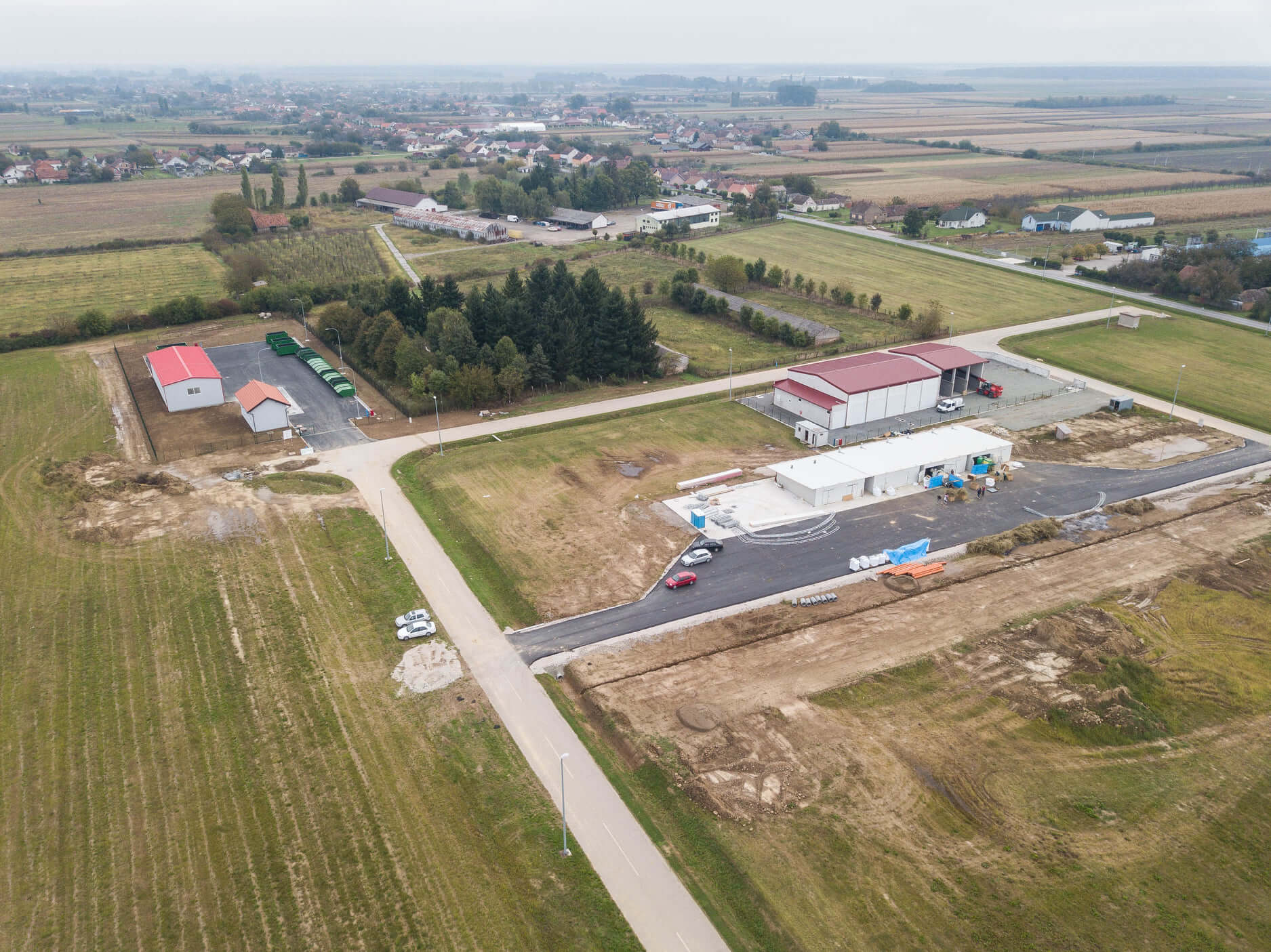
Industrial Zone Ivankovo, foto: Facebook/Marko Miličević - načelnik Općine Ivankovo
Social incentives: co-financing the purchase of houses for young families, infant benefits, free preschool educations, new kindergarten buildings, free student transportation, student scholarships, and other perks of the demographic policy all came into fruition since 2017, and it helped residents of Ivankovo immensely.
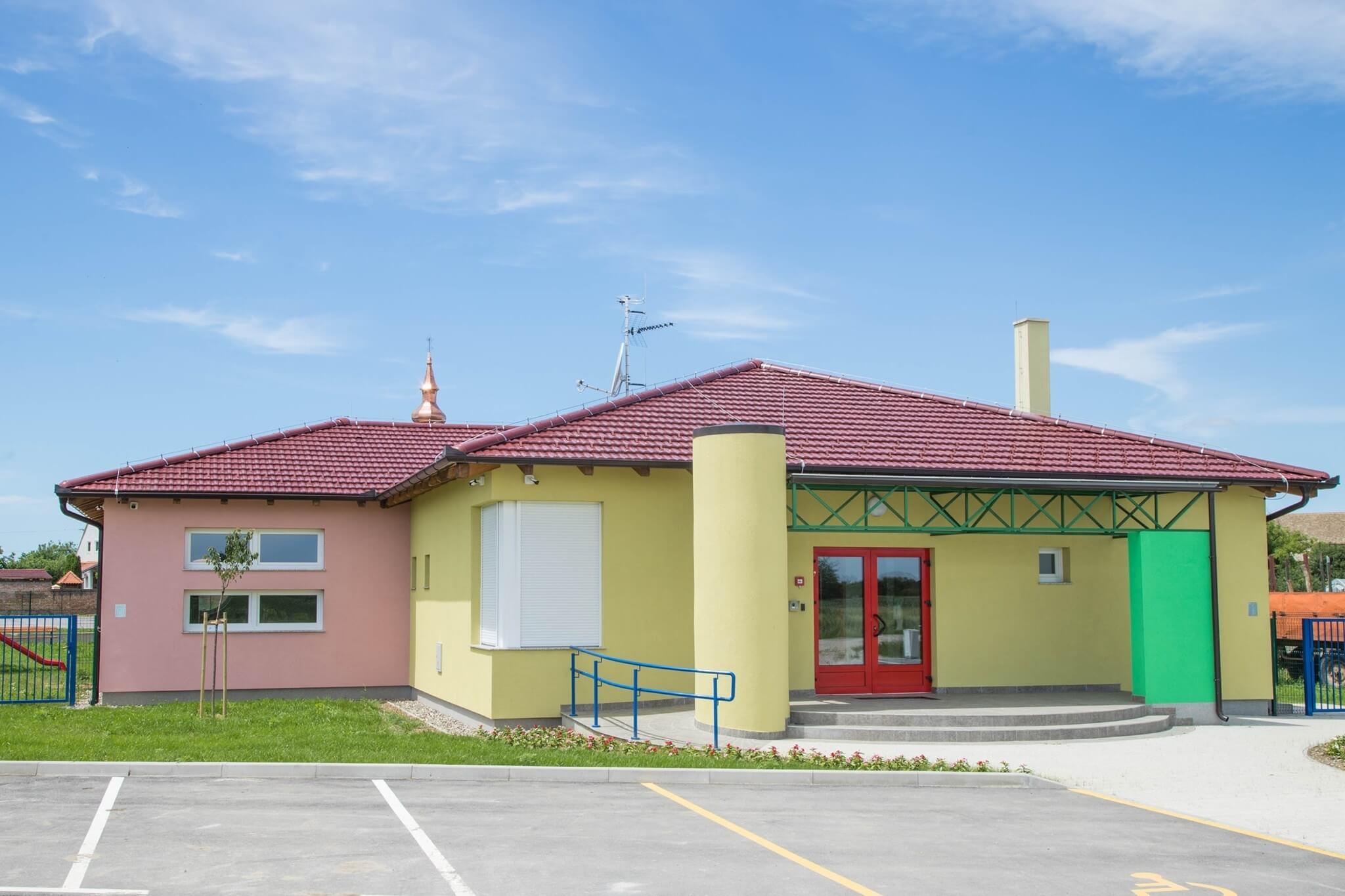
Newly Built Kindergarten Ivankovo, foto: Facebook/Dječji vrtić Ivankovo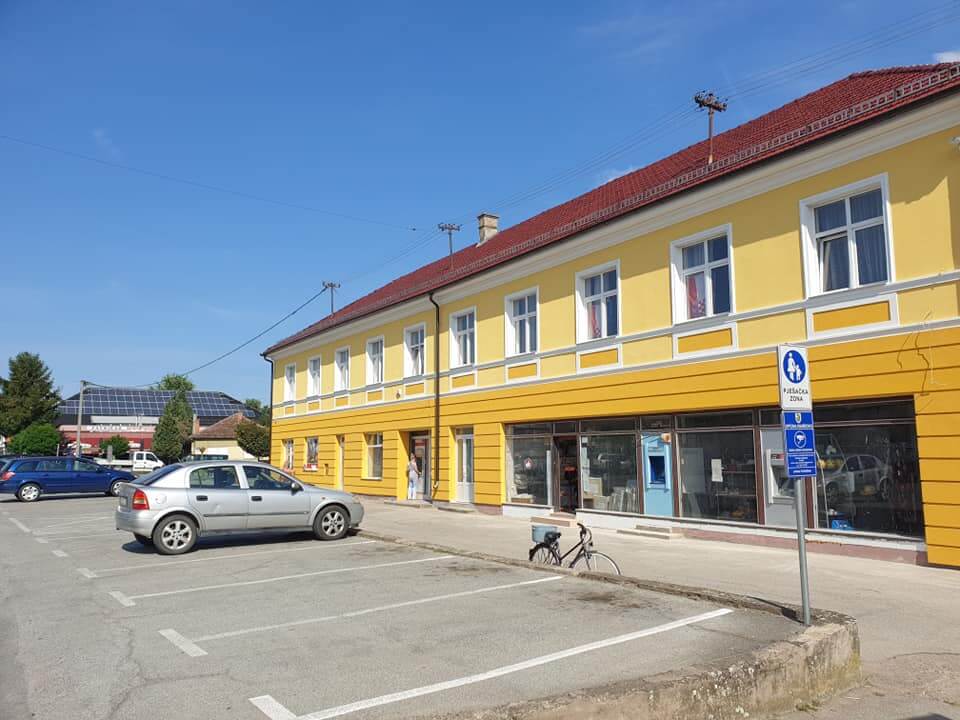
Renovated old government building, foto: Facebook/Marko Miličević - načelnik Općine Ivankovo
This is only a drop in the ocean that shows if people put in a little effort and genuinely care about the development of the community in which they reside, Slavonia can truly be better. When asked about these achievements and progress the Municipality went through the last few years, Mayor Marko Miličević says that “this is only the beginning. It was hard, we had to fix a lot of issues that were rooted here for years, but with the help of my colleagues and finding resources to finance our goals of development of this region, we started something that we can only continue to build on.”
He continues: “The most important part was listening to people, getting to know them again and recognizing their needs because before they weren’t being listened to.”
Plans seem ambitious as well: “This Municipality has so much potential and highly educated people, with more than 100 faculty students every year who are studying economics, IT, electrical engineering and computing, food technology, medicine, etc., which are all the fields that are the future of this country.” he says.
Furthermore: “We have numerous development projects in works that we want to be finished in the next few years: further development of Entrepreneurial Zone Ivankovo, a tourist, sports and recreation center, a retirement home, catering and tourist zone, etc.
Mayor Miličević ends on a hopeful note: “We have achieved the future of development in the Municipality of Ivankovo, and we plan to continue it.” 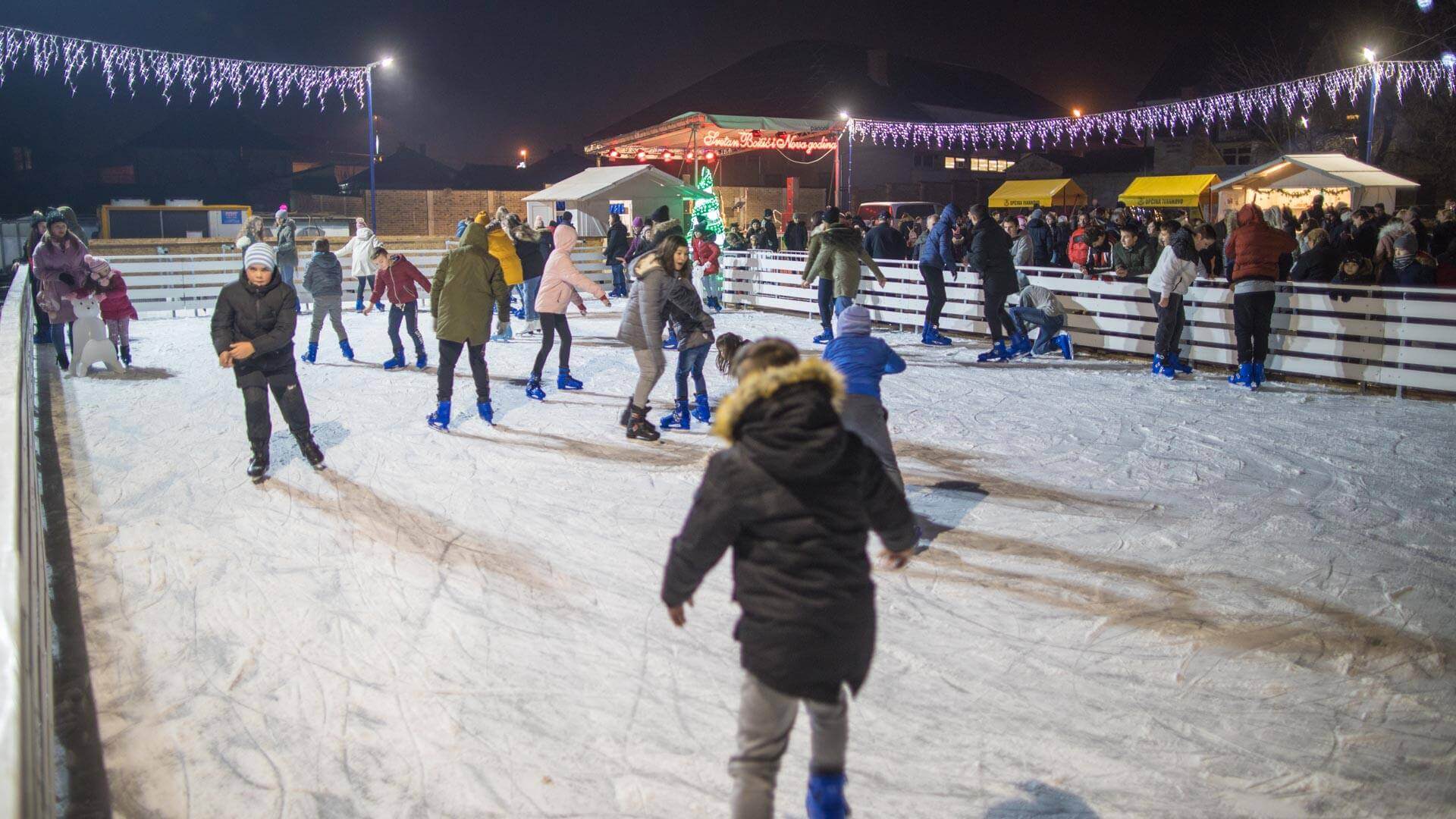
Winter Joys During Christmas Holidays, foto: Facebook/Marko Miličević - načelnik Općine Ivankovo
Sports recreation, social events, concerts, the inclusion of young people in said events, and more only shows that the district of Ivankovo finally livened up and restored a little bit of life that resided here 30 - 40 years ago. Multiple “parasites” wormed themselves in the core of Slavonia and slowly but surely exhausted the region to the limit. People settled for what was enough for them, for what was given to them, and some of them left because they couldn’t see their future here. Generations of high schoolers heard every day that there isn’t a place for them here in Slavonia, that there are many people like them who never found themselves here and had to leave because of it, and that they need to leave as well.
The hope for Slavonians has been stepped on for years, but the current changes slowly every day. Osijek started it, Vukovar and Vinkovci are following it. Still, a village like Ivankovo can only be an example of how much power its residents have and use their potential to make, how one former foreign politician said, Slavonia great again.
For more, check out our dedicatedlifestyle section.
Plenković: We Have Weathered COVID-19 Crisis
ZAGREB, 22 Jan 2022 - Commenting on the average pay in Croatia having increased from HRK 5,642 (€750) at the start of his government's term to HRK 7,333 (€975), PM Andrej Plenković said in a Twitter post on Saturday Croatia had weathered the COVID-19 crisis.
"With our GDP growing strongly, jobs having been kept and public debt being reduced at a fast rate, we have overcome the COVID-19 crisis," the PM said.
He added that now, with reforms and secured EU funds, Croatia was about to achieve even faster growth and a better life for its citizens.
According to the national statistical office, the average pay in Croatia in November 2021 was HRK 7,333 while at the start of the current government's term, in October 2016, it stood at HRK 5,642.
(€1 = HRK 7.52)
For more, check out our dedicated politics section.
Rijeka Mayor Says Welcomes Any Move Leading to Decentralising Governance
ZAGREB, 22 Jan 2022 - The mayor of Rijeka, Social Democrat Marko Filipović, said on Saturday he welcomed any move towards decentralising governance but that he could not comment in greater detail on a proposal by Split Mayor Ivica Puljak for Split, Rijeka and Osijek to be given powers that the capital of Zagreb has.
Asked by Hina if he had discussed the topic with Puljak, Filipović said that he had not and therefore could not comment on it in greater detail but that he definitely welcomed any move leading to the critically necessary decentralisation.
The Rijeka mayor said that any decentralisation of powers had to be accompanied by financial decentralisation to facilitate the exercise of those powers.
Split Mayor Ivica Puljak (Centre party) announced on Friday that the city administration would ask the national parliament to pass a law to enable that city, as well as Rijeka and Osijek, to govern their entire territory.
He explained that that way, those three cities and possibly other cities "would be able to... make order in their territory wherever they wanted, avoiding red tape at the higher levels of government."
Puljak said he had discussed the matter with PM Andrej Plenković during his recent visit to Split, which was their first official meeting after the May 2021 local election, when Puljak was elected mayor.
Puljak said Split-Dalmatia County head Blaženko Boban (HDZ), who also attended the meeting, did not agree with his initiative.
For more, check out our dedicated politics section.
Croatian FM Attends Montenegrin Panel Debate on Croat Minority
ZAGREB, 22 Jan 2022 - Croatian Foreign and European Affairs Minister Gordan Grlić Radman on Saturday attended via video link a round table discussion on the minorities as bridges of cooperation between Croatia and Montenegro, which was held in Podgorica.
In his address to the conference, Grlić Radman said that Montenegro was on the right track to recognise its strength and values in diversities, the Croatian ministry stated in a press release.
"We have had and still have many outstanding issues concerning our cultural heritage. However, the agile work of the Croatian National Council in Montenegro, led by the council president Zvonimir Deković, in cooperation with us and Croatian institutions, finds ways to satisfy the fundamental customs to the mutual benefit of both countries," said the minister, citing examples of the ethnic Croat heritage in Montenegro such as the cult of St. Tryphon, the tradition of the Croatian fraternity Bokeljska Mornarica, and local Marian shrines and so on.
For more, check out our dedicated politics section.
Minister Medved: Operation Maslenica Showed Our Ability to Free Homeland
ZAGREB, 22 Jan 2022 - Croatian War Veterans' Affairs Minister Tomo Medved said on Saturday that the Operation Maslenica in 1993 was a turning point in the Homeland War and that it had sent a strong message of the capability of the Croatian armed forces to free their country from the enemy.
Addressing the central ceremony marking the 29th anniversary of the Operation Maslenica in Zadar, the minister expressed gratitude to the participants in the operation and particularly to the families who lost their members in that liberating action.
Operation Maslenica was launched in the early morning hours of 22 January 1993, with Croatian forces regaining control of the Serb-occupied Zadar hinterland, the straight of Maslenica, the Zemunik airbase and later on the Peruca dam. Within 72 hours, nearly 100 square kilometres of occupied territory was liberated. Croatian forces regained control of key strategic points from Serb insurgents and re-established transport connections between the country's north and south. In the first three days of the operation, 19 Croatian soldiers were killed and 70 were wounded. However, by 31 March 1993 the number of Croatian fatalities rose to 127 as Serb forces fought back.
Minister Medved said that the Operation Maslenica sent a strong message that the Croatian armed forces and police were capable of liberating every occupied inch of the occupied territory, as it was later shown in the military and police operations in 1995.
Medved also pointed out the importance of commemorating this operation and other events from the 1991-1995 Homeland War as a reminder that freedom in the present-day Croatia should not be taken for granted and that the defenders and the Homeland War were the strongest pillar of the independent and sovereign Republic of Croatia.
For more, check out our dedicated politics section.
Orthodox Fresco Depicting Blessed Stepinac in Hell Painted Over by White
ZAGREB, 22 Jan 2022 - An icon, which appeared in a Serb Orthodox Church in the town of Bela Crkva, Vojvodina, depicting the Blessed Alojzije Stepinac, a Catholic martyr, in the hell, has been painted over by white, the Croatian Catholic news agency IKA reported on Friday.
IKA quoted the Zrenjanin Catholic Bishop Ladislav Német as saying that the controversial icon was painted over by white and that news items about Bela Crkva and the icon depicting Stepinac in the hell were no longer topical.
The news about the controversial fresco was broken by the direktno.hr news website on 16 January. The fresco depicting the hell and the Blessed Stepinac in it was painted on a wall of the Serb Orthodox Church of Saint John in Bela Crkva, a town in the region of Banat, which is in the eastern parts of the Serbian province of Vojvodina.
The whole case prompted the Catholic Archbishop of Belgrade, Stanislav Hočevar, to say that depicting a saint in the hell was an insult to God.
He told the Croatian national broadcaster (HRT) that he would try to solve this issue through dialogue.
He also apologised to the Catholic faithful in Croatia for the belated reaction of the Catholic Church in Vojvodina and Serbia to this case.
Archbishop Hočevar said that this would be also a topic of his talks with the Apostolic Nuncio in Serbia on Saturday.
Pope John Paul II declared Alojzije Stepinac a martyr and beatified him at a ceremony in the Croatian Marian shrine of Marija Bistrica in 1998, when hundreds of thousands of Croatians gathered for that mass.
Later, Pope Francis decided to initiate the establishment of a joint commission to study the historical truth on Croatian Cardinal Alojzije Stepinac and to shed light on the historical role of this Zagreb Archbishop at the time of the WWII Independent State of Croatia (NDH) and the Ustasha crimes in the Jasenovac concentration camp, before the decision on his canonisation.
After the Second World War, Stepinac was persecuted by the Communist authorities in the Tito-led Yugoslavia. In 1945 he declined Tito's proposal to establish a national Catholic church separate from Rome.
In July 2016, Zagreb County Court annulled the Communist-era rulings against Zagreb Archbishop Alojzije Stepinac, who was sentenced in 1946 to 16 years in prison and forced labour and was stripped of his political and civil rights for five years.
Zagreb County Court established that the guilty verdict had grossly violated the then and the current principles of the criminal law.
Cardinal Stepinac (1898-1960) was the leading person of the Catholic Church in Croatia during World War Two. After the war, Communist authorities charged him with collaborating with the Ustasha regime of the Independent State of Croatia (1941-1945), although he publicly denounced the crimes of the pro-Nazi regime and actively helped provide sanctuary for those persecuted. Subsequently, Stepinac spent five years in prison and nine years under house arrest until he died.
In October 1946 the then Supreme Court found him guilty of all charges in his indictment.
In February 1992, the Croatian parliament adopted the declaration condemning the court decision and the process that led to it. The declaration states that the true reason of Stepinac's imprisonment was his pointing out many Communist crimes and especially refusing to form a Croatian Catholic Church in schism with the Pope.
For more, check out our dedicated politics section.
Immunologist Says It's Still Too Early to Ease Anti-epidemic Rules
ZAGREB, 22 Jan 2022 - Immunologist Zlatko Trobonjača, a professor at the Faculty of Medicine in Rijeka, said on Friday that although the Omicron variant of the virus seemed to cause milder symptoms of COVID-19 than previous variants, it was still to early to relax anti-epidemic restrictions.
Calling for caution, the doctor said in his interview with the national broadcaster (HTV), that there had been nearly 17,000 new daily cases of the infection on Friday, while the hospital admission numbers had fallen to some extent.
He explained that the new variant mostly infects the upper respiratory tract and therefore it spreads faster, while, on the other side, it seems to be causing milder symptoms of the disease.
Trobonjača went on to say that the Omicron epidemic has been lasting just about 20 days, and that it is a short period to make conclusions whether this variant of the virus is not dangerous.
We must wait for some time and see what consequences the spread of the Omicron can produce for health, before giving a thought to the relaxation of the restrictions, the professor said.
The level of the collective immunity which is being acquired through vaccination, immunisation and also through recovery from the disease will put an end to this virus eventually, he said.
For all you need to know about coronavirus specific to Croatia, make sure to bookmark our dedicated section and select your preferred language if it isn't English.
British Psychic Predicts Croatia to Win 2022 World Cup in Qatar
January 2, 2022 - Will Croatia win the 2022 World Cup in Qatar? One British psychic who predicted Brexit, Boris Johnson's victory, and juicy Royal Family news seems to think so.
As we welcome a new year, football fans can hardly stop thinking about just how busy this calendar year is for their beloved sport, and they can't help but predict what they think will happen in 2022.
Gol.hr reports that one interesting forecast has been made by the British psychic Jemima Packington, better known under the working name Mystic Veg, who predicts the future with the help of asparagus. Yes, you heard that right.
"Croatia will be the world champion in football, and the World Cup in Qatar will be shrouded in controversy," pointed out the British psychic.
The British tabloid Mirror claims that Mystic Veg successfully predicted Brexit, Boris Johnson's victory in the parliamentary elections, Harry and Meghan's departure from the royal family, and many other events.
"I accurately predict 75 to 90% of things. I've been told that my predictions this year are among the most controversial, but I'm just following what the asparagus tells me," says Mystic Veg.
Whether or not Mystic Veg is correct remains to be seen, as the 2022 World Cup in Qatar takes place this winter, from November 21 to December 18. Croatia's World Cup group rivals will not be revealed until April this year. Nevertheless, Croatia should be in the second strongest hat.
But even before the World Cup, Croatia will compete in the UEFA Nations League against France, Denmark, and Austria, in an intense schedule that hosts four games in June and two in September this year.
Croatia will also begin preparing for the busy year ahead with two friendly matches in March. We will find out if Mystic Veg is correct about the World Cup in precisely 349 days, or 11 months and 15 days.
To read more about sport in Croatia, follow TCN’s dedicated page.
Croatia in 2022: 10 Things to Look Forward Next Year
December 30, 2021 - The pandemic continued to hamper many, many sectors of the country in 2021, but there were also reasons to believe that next year will help us move past the troubles with ease. An overview of the reasons to look forward to Croatia in 2022.
2022 is just around the corner, and for the vast majority, uncertainty continues to prevail over the rest of the sensations for the new year. However, while the pandemic continues to pose a threat to the country's public health and economy, there is an air of optimism for the coming year. The premise that I hear most often is that 2022 will definitely be better than 2020 and 2021. And yes, well, there are reasons to believe in it. These are some of the ones that I think invite us to believe.
COVID-free travel (?)
We will begin the count with a reason that is still ambiguous in many ways. While travel restrictions in Europe are currently more flexible than last year or 2020, the Omicron variant and low vaccination rates in many European Union countries continue to create uncertainty regarding the next steps to take.
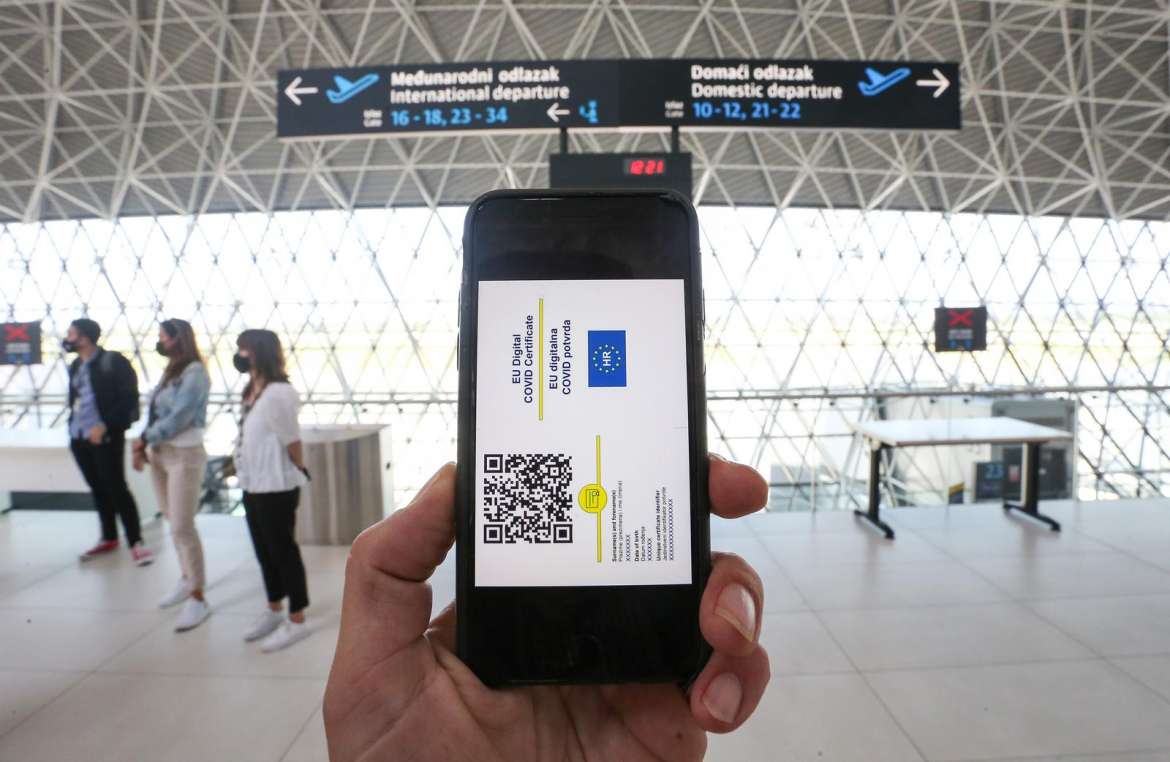
Photo: Zeljko Lukunic/PIXSELL
Despite the fact that COVID-19 continues to affect travel restrictions, the trend in the last two years appears to be positive. In 2020 tourism was affected almost insurmountably. Borders were closed, flights were limited, cruises quarantined, very few tourists arrived, restaurants closed, and more. However, in 2021 and with the arrival of the vaccine, the situation improved considerably and little by little the restrictions were relaxed. The EU COVID digital certificate and the ECDC map helped establish appropriate parameters for the arrival and departure of foreigners to the territory of each country, depending on the situation of COVID cases in the countries of origin. The numbers were still far from those of the last year without a pandemic, 2019, and that is why the season arrived a bit late at the end of June. However, the months that followed saw a massive influx of tourists and flights from all over the world. Even in October a lot of tourist movement could be observed.
If the percentage of the vaccinated population increases in Croatia and epidemiological measures continue to be promoted to guarantee the country as a safe destination, it is very likely that the number and variety of flights will start to increase, and the season could be expected to start early as in May.
Pelješac Bridge
What was longed for for so many years, this year finally came true. The last segment of the Pelješac Bridge was completed, and the reconnection between Croatia and Dubrovnik was celebrated in a symbolic act. The bridge, whose construction began in mid-2018, cost more than 400 million euros and has a total length of 2,404 meters and a height of 98 meters.
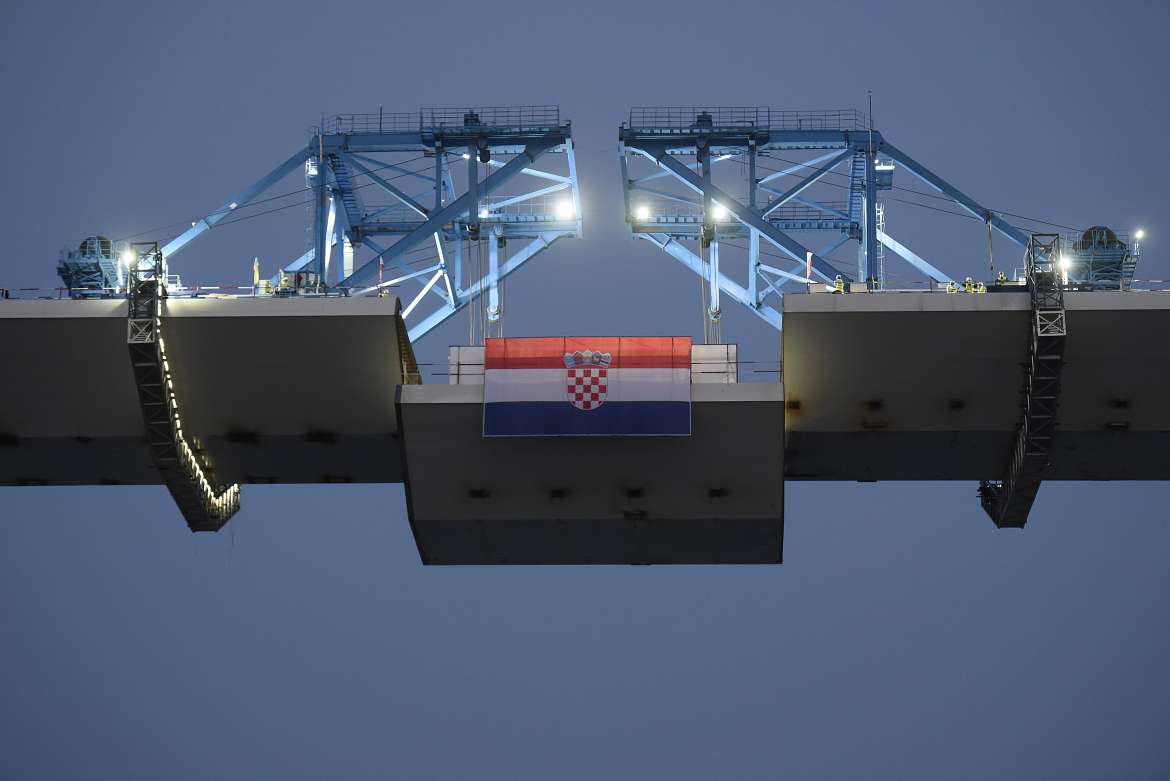
Photo: Mario Strmotić/HINA
The bridge will start at Komarna, 26 km south of Ploče, crossing the Neretva canal and Mali Ston bay, to reach the Pelješac peninsula and continue all the way down to Dubrovnik. In this way, the Pearl of the Adriatic will be 100% accessible through Croatian territory, and that is how the Neum corridor in Bosnia will no longer be the only way to reach the Croatian city.
The bridge is expected to open in June 2022, and will definitely revolutionize tourism on the southern coast of Croatia.
Concerts and Festivals
The music events sector was, without a doubt, one of the hardest hit by the pandemic. Many businesses sought to adapt to epidemiological conditions, but the concerts were simply impossible to carry out due to the impossibility of guaranteeing social distancing due to the crowding of spectators.
However, 2022 promises the return of festivals that had to be canceled due to the coronavirus, such as Ultra in Split, or INmusic in Zagreb. Also, great concerts have already been confirmed for next year, such as Future Islands (March 3rd at Tvornica, Zagreb), Iron Maiden (May 22nd at Arena Zagreb), or The Cure (October 27th at Arena Zagreb).
FIFA World Cup in Qatar
The Croatian national team closed 2021 in a good way, securing their ticket to the next World Cup, achieving direct qualification by beating Russia 1-0 in Poljud. In this way, the Vatreni avoided the European play-offs and, therefore, unnecessary anguish as in past editions.
Despite not being able to repeat what they achieved in the 2018 World Cup at EURO 2020, Dalić's team found in the second half of this year an opportunity to evolve, combining the player base that achieved second place in Russia, such as Modrić, Lovren, Vida, Perišić, Brozović, Kramarić or Kovačić, with others who made good use of their opportunities, such as Sosa, Livaja, Gvardiol, Juranović, Vlašić, and Pašalić.
Whilst it is still unknown who Croatia will face in the group stage, there is every reason to believe that they will be able to play a good role in Qatar. The World Cup will be held in November-December, which could generate more energy in the post-season, especially in coastal cities.
Schengen area
Next year is an important one, as a decision is expected regarding Croatia's access to the Schengen area, which would allow the abolition of all passports and all types of border control, improving accessibility to and from Croatia from the other 26 member states, as well as many other foreign countries.
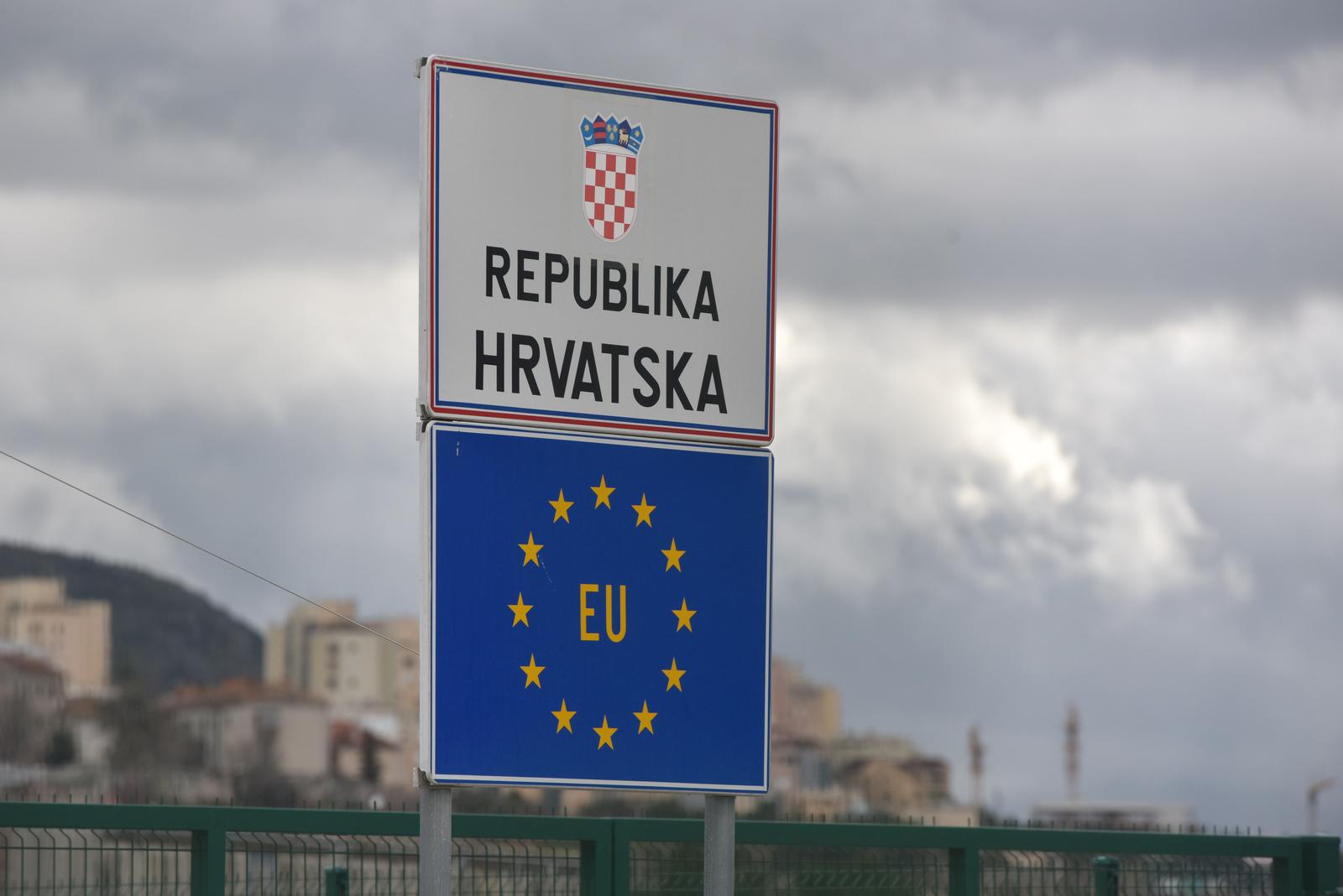
Photo: Hrvoje Jelavic/PIXSELL
In 2021, Croatia received visits from the President of the European Commission, Ursula Von der Leyen, who gave the go-ahead to the National Recovery and Resilience Plan (NPOO) presented by the First Croatian Minister Andrej Plenković for the period 2021-2026; as well as the President of France, Emmanuel Macron and the Prime Minister of Spain, Pedro Sánchez, who, like Von der Leyen, expressed their support for Croatia's accession to the Schengen area.
Eurozone
The Euro will become the official currency of Croatia from 2023. According to the Croatian National Bank, in the first quarter of 2023, the kuna will begin to be collected and the Euro circulated instead. 2022 will therefore be a decisive year for the Ministry of Finance, as well as all attached entities, to organize a subtle and appropriate transition and to avoid economic repercussions.
The Governor of the Croatian National Bank, Boris Vujčić, announced that starting next summer, prices in stores should already be displayed in both kuna and euros. Croatian Finance Minister Zdravko Marić announced from his side that they will closely monitor the process to ensure that prices are fair and control the inflation rate. A law introducing the Euro is expected to be presented in April 2022.
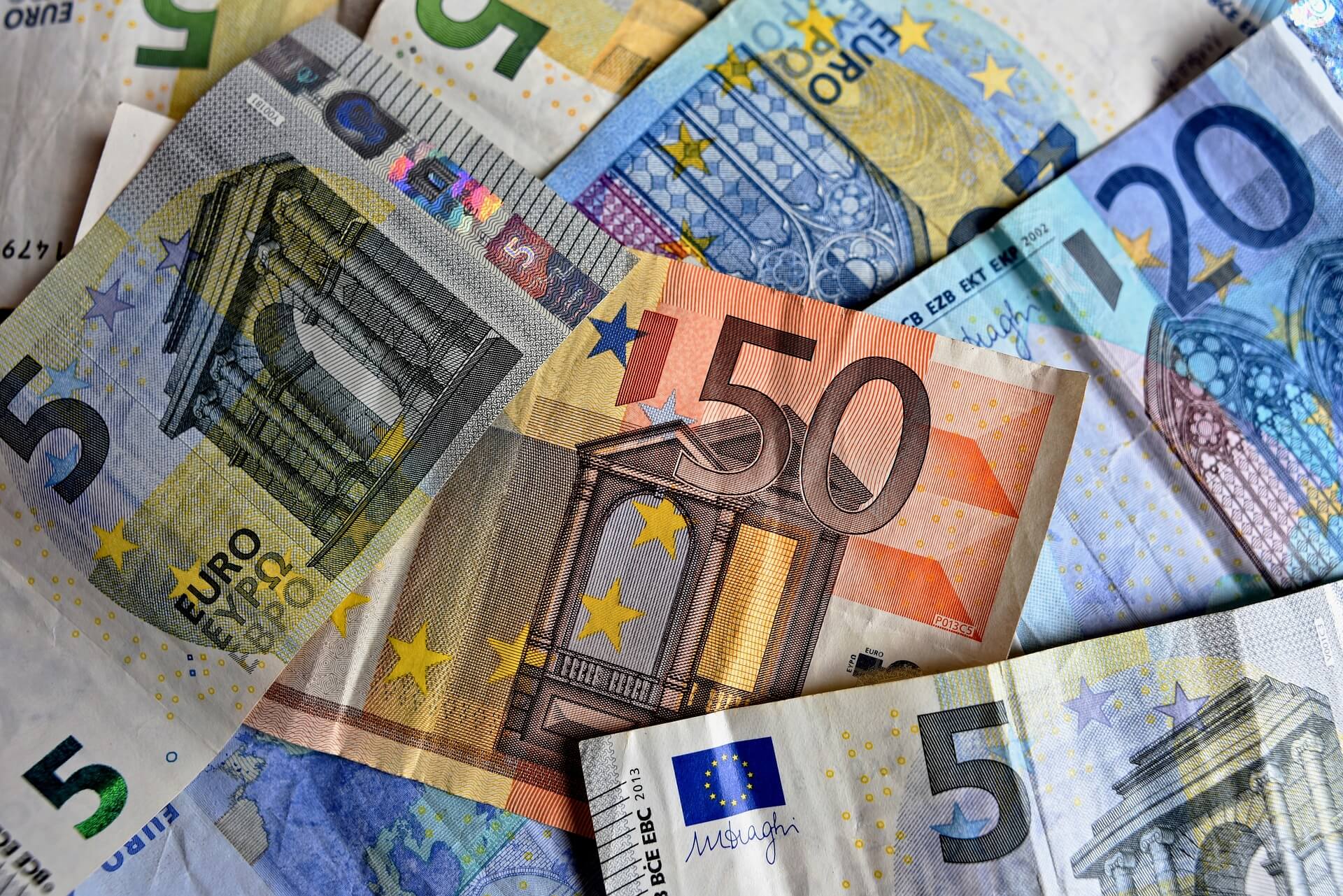
Photo: Pixabay
Again, it is important that in 2022 the Government constantly and transparently report the benefits and positive aspects of the Euro, in order to achieve general support from the population. It should be taken into account that a national collection of signatures was recently carried out to postpone access to the Euro.
US visa-free travel
In the last quarter of 2021, Croatia's access to the United States Visa Waiver Program was made official, which meant that, as of December 1, Croatian citizens can travel to the American country without the need for a Visa.
The measure comes at a time when the travel situation between Croatia and the United States has improved considerably, taking into account the success of United Airlines' New York-Dubrovnik flights in the summer of this year, which have been extended until October. of the next year.
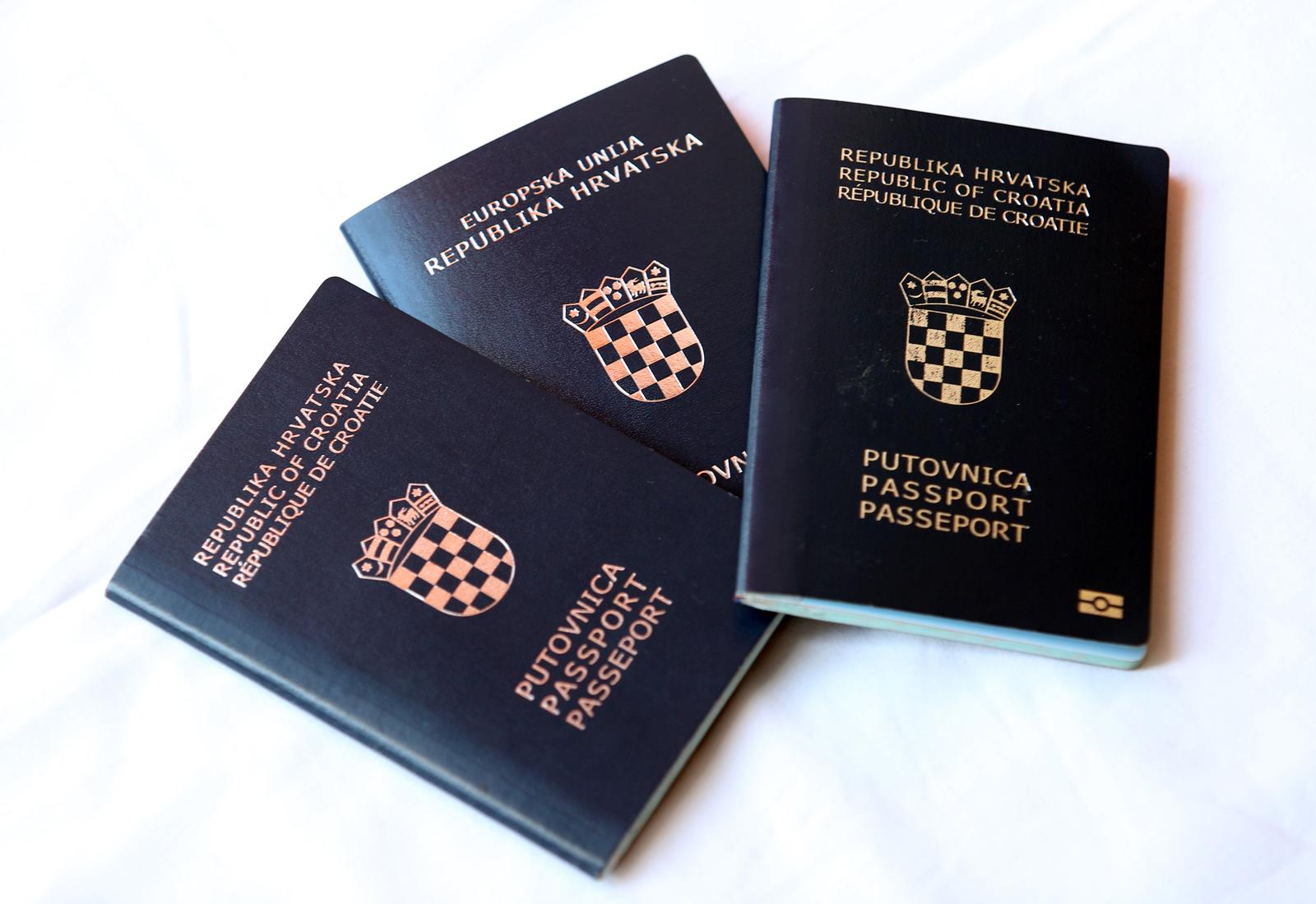
Photo: Dusko Jaramaz/PIXSELL
It is very likely that, considering the evolution of the epidemiological situation, we can see in 2022 a large migratory movement between the two countries.
Winter tourism in Split
I have spent two winters in Split since arriving in Croatia in 2019, and I still don't understand how the city and the county can completely shut down once the season is over. The number of opportunities to successfully show Split as a winter destination invites us to take a step forward, despite the frustrated attempts of the past.
So this year, four women from Split laid the foundations for a meeting that could be decisive for the future of winter tourism in Split: Daniela Rogulj from Total Croatia News, Jasmina Garbin from Chops Grill, Maria Mustapic from Zinfandel, and Jelena Tabak, President of the National Association of Caterers.
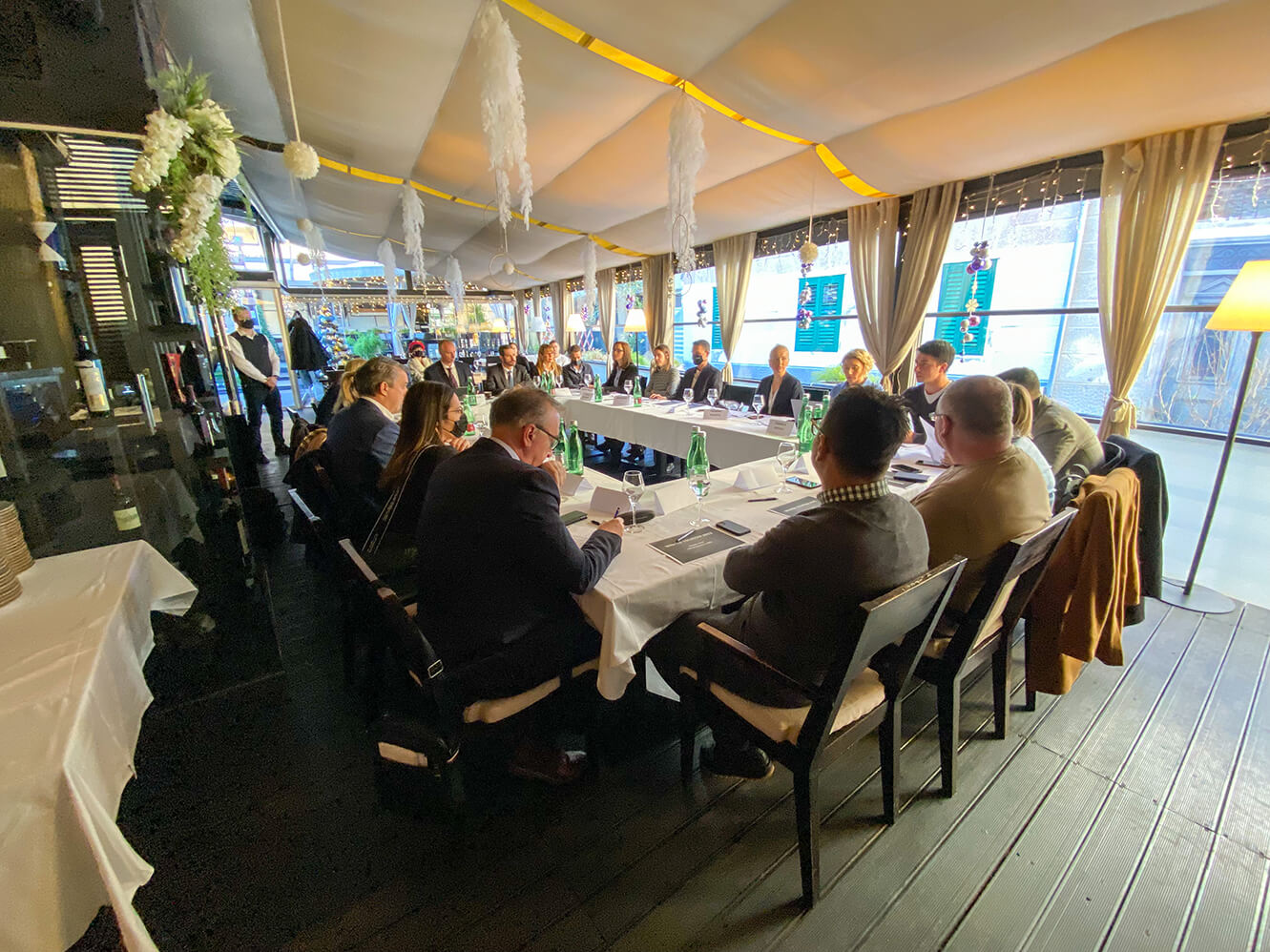
Photo: Jose Alfonso Cussianovich
A series of meetings and research led to the realization of a round table that brought together Ivica Puljak, Mayor of Split, Tonči Glavina, State Secretary of the Ministry of Tourism, Alijana Vukšić, Director of Split Tourist Board, Joško Stella, Director of Split -Dalmatia County Tourist Board, Pero Bilas, Deputy Director of Split Airport, Joze Tomaš, President Split-Dalmatia County Chamber of Economy, and different representatives from the hospitality and catering sectors.
The meeting left very good impressions, and after all concerns were expressed openly, a very positive atmosphere was created where solutions and proposals for collaboration between the public and private sectors were exchanged. Now, it is a matter of words being translated into action, and that the city of Split, Split-Dalmatia County, and the restaurants and hotels of Split work together next year to extend the season until November.
Diaspora
The return of the diaspora to Croatia has been happening since the country became independent in 1995. However, in recent years, the number of migrants of Croatian descent who decided to return to their motherland has increased significantly.
In South America, one of the continents with the highest number of Croatian diaspora, many factors have interceded to motivate many of them to try their luck in Croatia: insecurity on the streets, political and economic instability, and the precarious health system, especially in the wake of the pandemic. Through state-organized incentives and programs, such as the Croatian Language Scholarship, many come to the cities of Zagreb, Split, Rijeka, and Osijek to discover more about their roots, regularize their citizenship, and adapt to Croatian society and culture.
The arrival of the diaspora means a positive contribution to the social and economic development of the country, considering that Croatia also faces a complicated reality in which a large part of its youth decides, year after year, to seek better salary and work opportunities in other countries like Germany, Ireland, or the United States.
Digital Nomads
This year marked a before and after for the Digital Nomads community in Croatia. At the beginning of 2021, the Digital Nomads Permit was presented, granting the possibility that those interested can reside and work in the country for one year. While it is true that a higher number of arrivals was expected, it is important to take into account the existing travel restrictions and the epidemiological situation.
The events and initiatives carried out throughout this year and in almost all parts of the country show the growth of a community and a global interest that has no ceiling: Digital Nomads in Residence in Dubrovnik, the Zagreb Digital Nomad Week, the Ambassadors project Digital Nomads of Zagreb, the Valley of Digital Nomads in Zadar, etc.
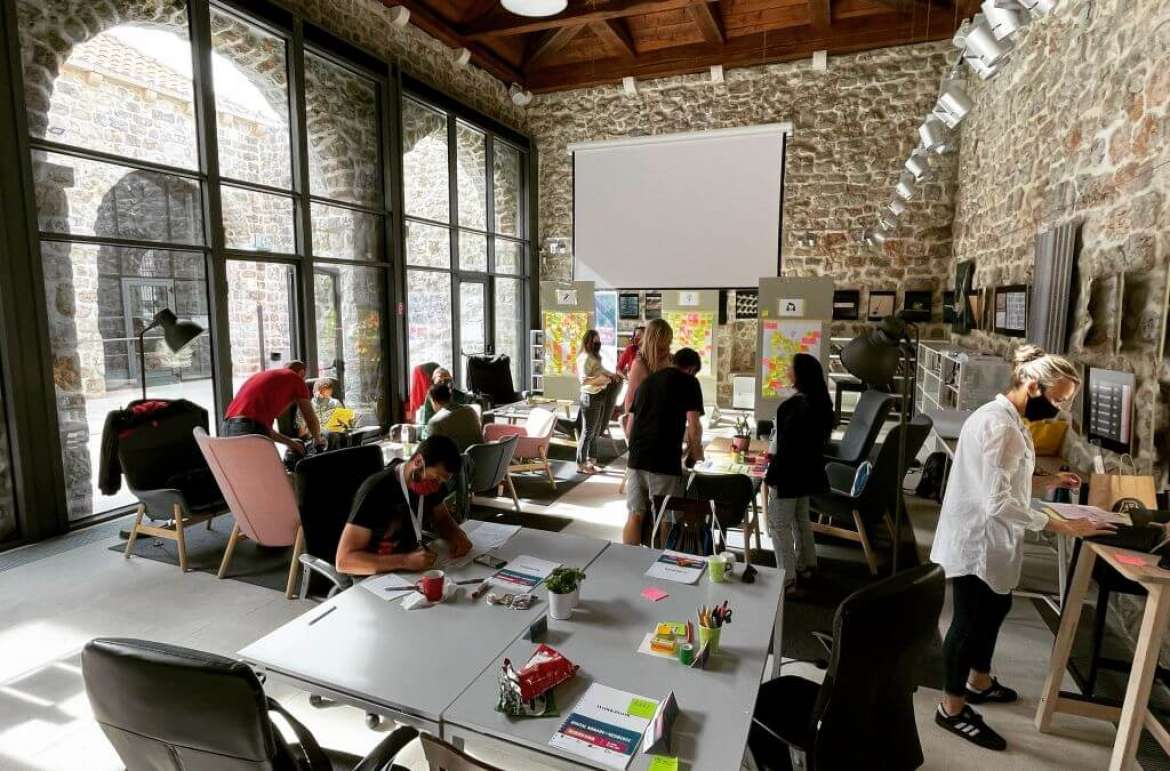
Likewise, the testimonies and experiences of dozens of Digital Nomads in different regions of the country, as well as the interest expressed by many of them to access the permit starting next year, generate a lot of hope. More events are expected to take place, more coworking venues built, and more initiatives such as CROMADS, which seeks to present Croatia as a country rich in activities throughout the year, will continue to attract more Digital Nomads in 2022.
To get the best start to the year, be sure to follow Total Croatia News on Instagram, Facebook, LinkedIn, and Twitter. For more information about Croatia, its destinations, and everything you need to know before traveling, visit Total Croatia. If you want to know everything that Croatia has to offer you twelve months of the year, visit our new portal, CROMADS. For more news about Croatia, click here.
Total Croatia News wishes all of our readers and subscribers a Happy New Year!


